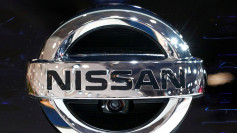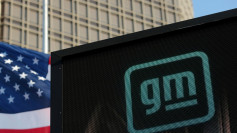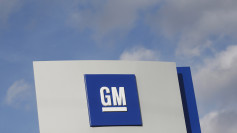Uber transport and mobility company have chosen Melbourne, Australia as the first city outside the United States to test Uber flying taxi "UberAir". The tests will commence at the start of 2020 and is expected to be officially launched by 2023. This was announced in a statement at the Uber Elevate Summit in Washington this June 11 and 12, an event in which the company reports its novelties in the development of urban aviation.
Until now, the listed company that will be carrying out its pilot tests by 2020 are the cities of Dallas and Los Angeles, both in United States. Uber had considered Dubai as the third city to test Uber flying taxis. However, the negotiations failed and the private transport service had to find another site to conduct tests outside the United States. Among Uber's options were Rio de Janeiro, Sao Paulo, Paris, Mumbai, Delhi, Bangalore, Tokyo and Sydney, but in the end Uber chose Melbourne.
It is worth mentioning that since Uber's entry in 2012, the Australian state has always been in pursuit of innovation and has supported Uber, thus being one of the countries with the highest number of passengers per capita. The Uber flying taxi tests in Melbourne will begin in 2020 and the company estimates that the first commercial operations will start in 2023.
Susan Anderson, regional general manager of Uber for Australia, New Zealand and North Asia said that they are happy that Melbourne was chosen for the Uber flying taxi and said that Melbourne has unique demographic and geospatial factors, as well as a culture of innovation and technology. This makes it a perfect city to perform the vertical landing and takeoff tests that UberAir plans to carry out in 2020.
UberAir test will work the same way as one will book their ordinary UberX. Test passengers can book flights through the Uber application and then the Uber flying taxi will take passengers from one of the Westfield shopping centers to the city's main international airport. This translates into a 20-kilometer trip that will take an approximate time of 10 minutes.
This just in—#UberElevate is headed to Australia. Watch live as we announce Melbourne as the third Elevate city → https://t.co/MvGWfQCrCC pic.twitter.com/pHWLQKnBIR — Uber (@Uber) June 11, 2019
In connection with this, Uber has reached collaboration agreements with Macquarie, Telstre, Scentre Group and the Melbourne airport as "key partners" to develop its operations in the country while collaborating with NASA to create an air traffic control system that seeks to manage its fleet of flying taxis. The synergies generated in each of these collaborations will decisively support the infrastructure and telecommunications necessary to create a successful urban aviation network. Uber has also announced an agreement with AT & T to "exploit and boost" 4G connectivity and prepare the firm's infrastructure to adapt to 5G.
As for everybody's question, on to what the Uber flying taxi would look like, the company is currently working with several companies to design its flying vehicles. It was revealed that seven different prototypes were made, until they reached one that managed to keep a low weight and got the passengers down quickly so that the next flight can take off in five minutes.
In the video released by the company it can be seen that the air taxi has fixed and non-reclining leather seats, trunk with space for four suitcases, LED lights on the roof that project white light during boarding and blue light in flight mode, small windows and a cabin with standard appearance.
After Dallas, Los Angeles and Melbourne, Uber plans to proceed and take the service to Brazil, France, India and Japan. We are excited for this Uber flying taxi.





